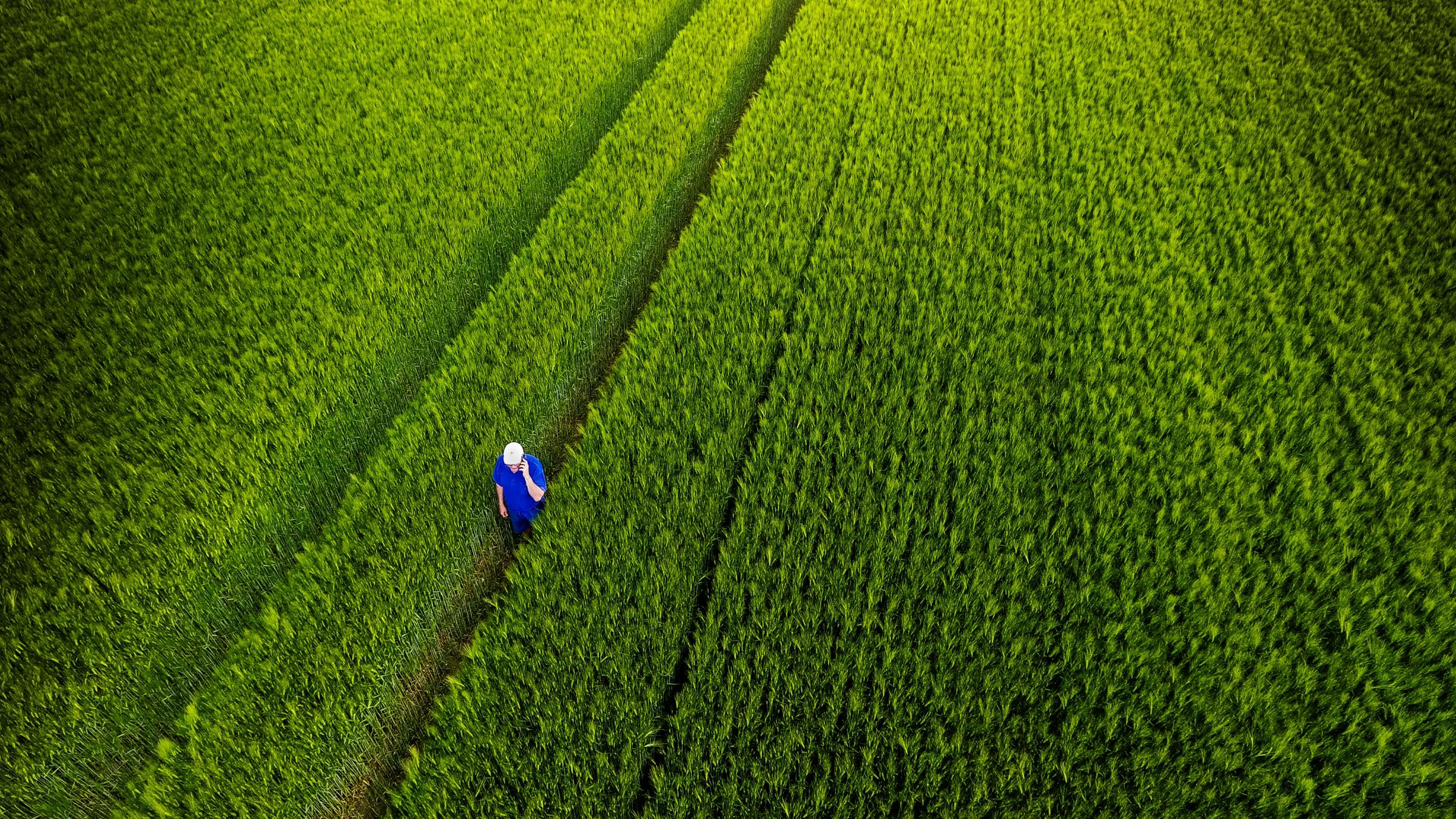
The CrownFarm Track
To support farmers in reducing emissions and improving on other parameters, data is essential. Data is therefore the cornerstone of CrownFarm Track, our ESG programme for farmers supplying slaughter animals to Danish Crown.
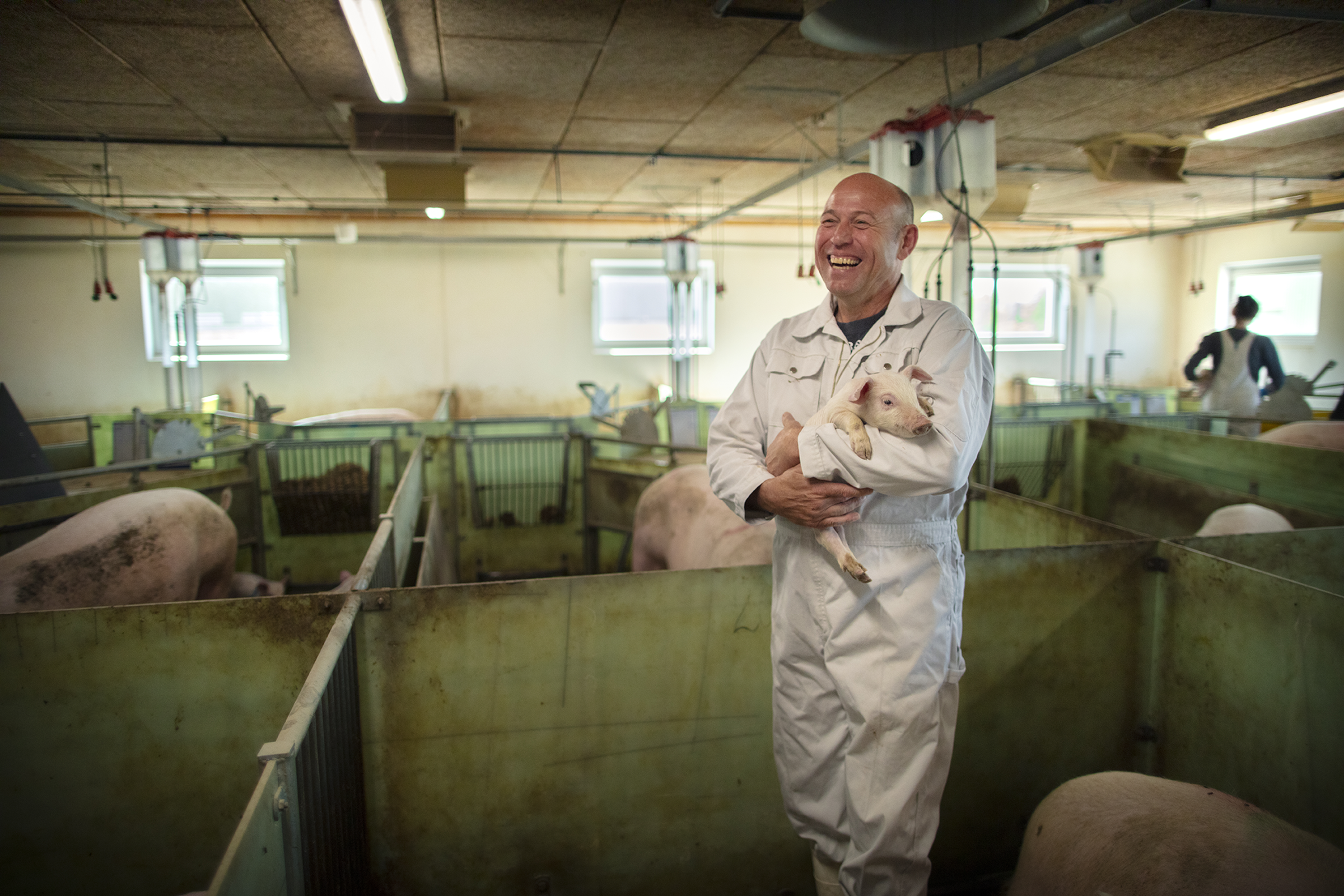
Climate solutions of tomorrow
Danish Crown’s cooperative owners and suppliers of slaughter animals regularly implement new technologies to reduce their carbon footprint, while several of the climate solutions of tomorrow will be born out of ongoing innovation, development and demonstration projects. To ensure their future application at the farms, Danish Crown is wholly or partially involved in a number of promising projects.
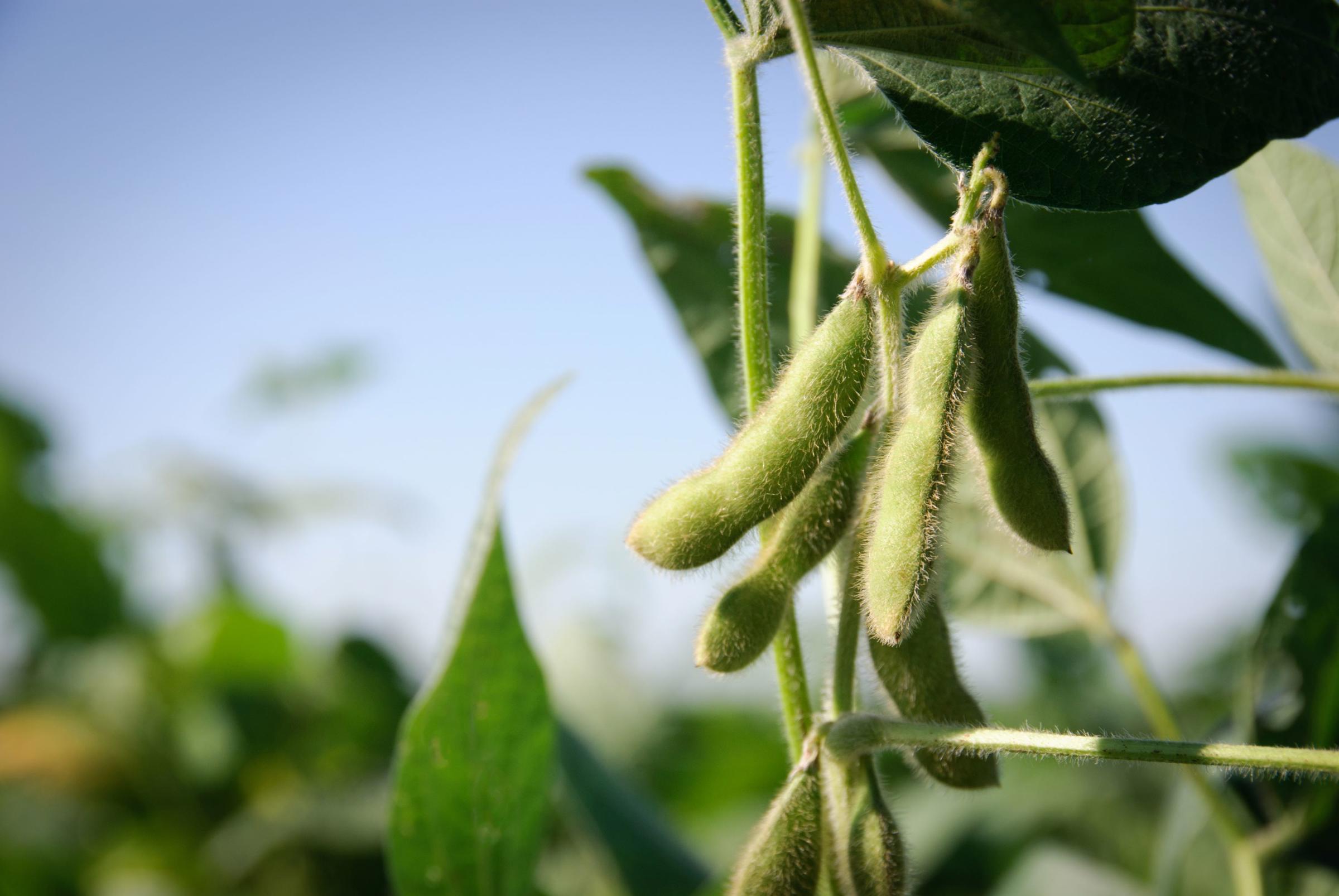
Soy and palm oil
Seventy percent of all soy is used for feed for production animals around the world, while palm oil is the most widely used vegetable oil worldwide and is found in many different food products. However, in some places the production of both soy and palm oil is associated with environmental and social challenges – especially in countries where rain forests are cleared to make space for plantations.

Agriculture Programme
Our farmers work hard to ensure resource-efficient livestock production, and they continuously strive to improve their ESG footprint. To do so, Danish Crown is committed to performing a wide range of initiatives to promote and support our cooperative owners and suppliers in working with four key areas – animal welfare, climate impact, biodiversity, and deforestation-free soy and palm oil.
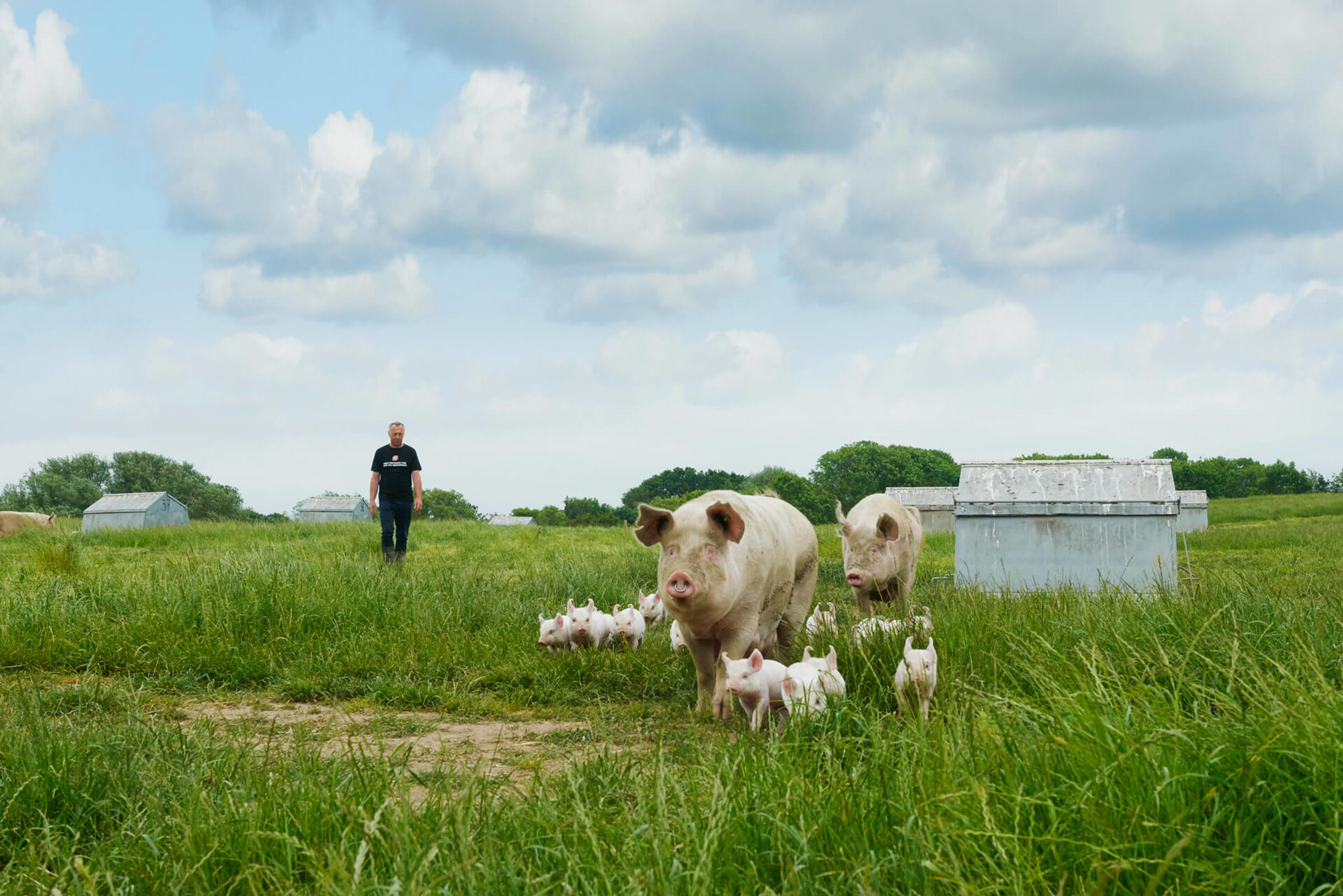
Good animal welfare is at the core
At Danish Crown, animal welfare is a priority all the way from breeding and rearing to transportation and slaughter. That is why we work together with our cooperative owners, suppliers of slaughter animals and experts and NGOs within the food industry.
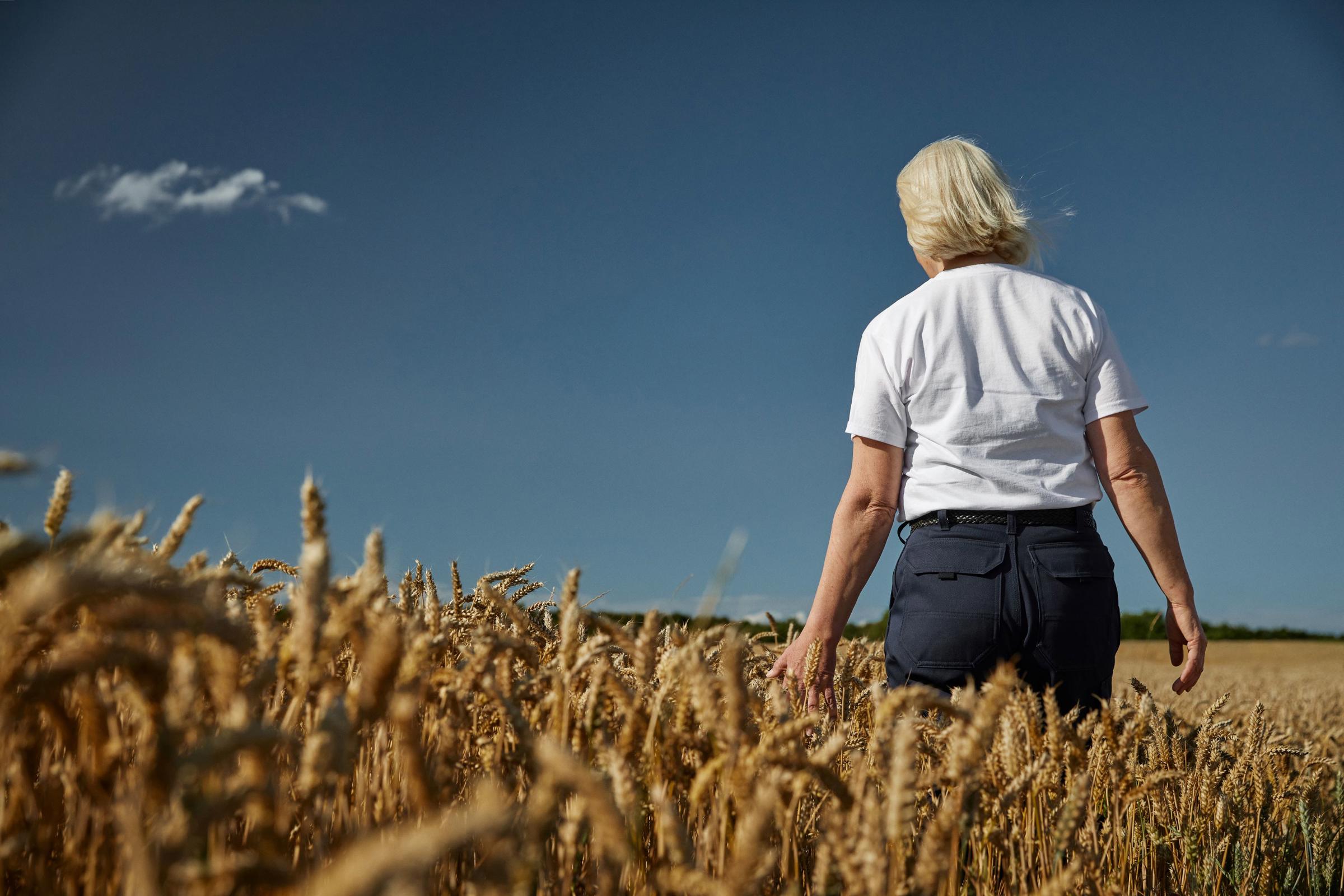
A modern agriculture production
We believe that modern agricultural production and nature should go hand in hand. And we’re committed to using our size and leverage to pursue this ambition.
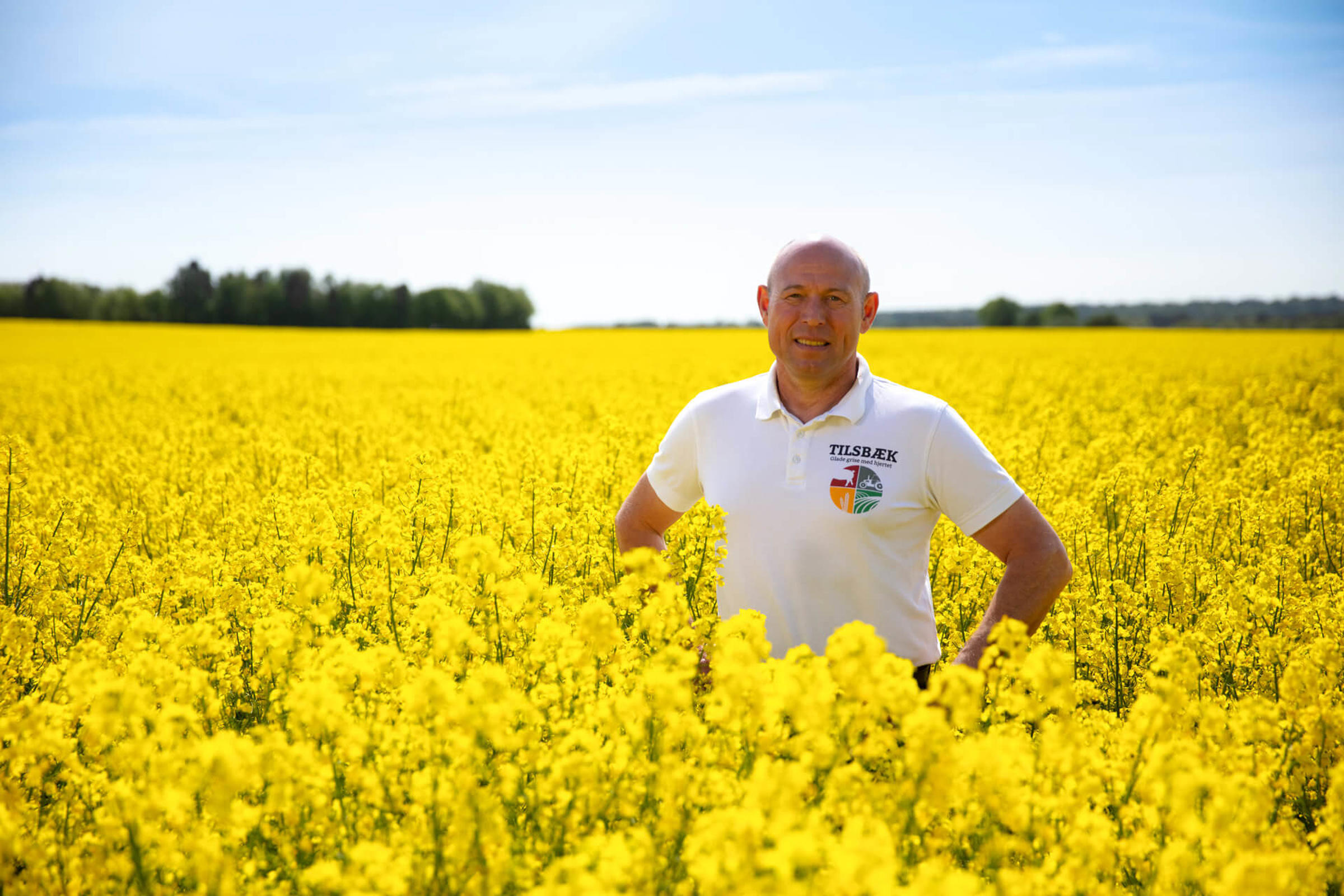
Understanding farm level emissions
The largest part of our greenhouse gas emissions occurs in our value chain and are related to the farm level, where a myriad of biological processes unfolds, where greenhouse gases are both absorbed and emitted. Below you can get an overview of these emissions and where they come from.